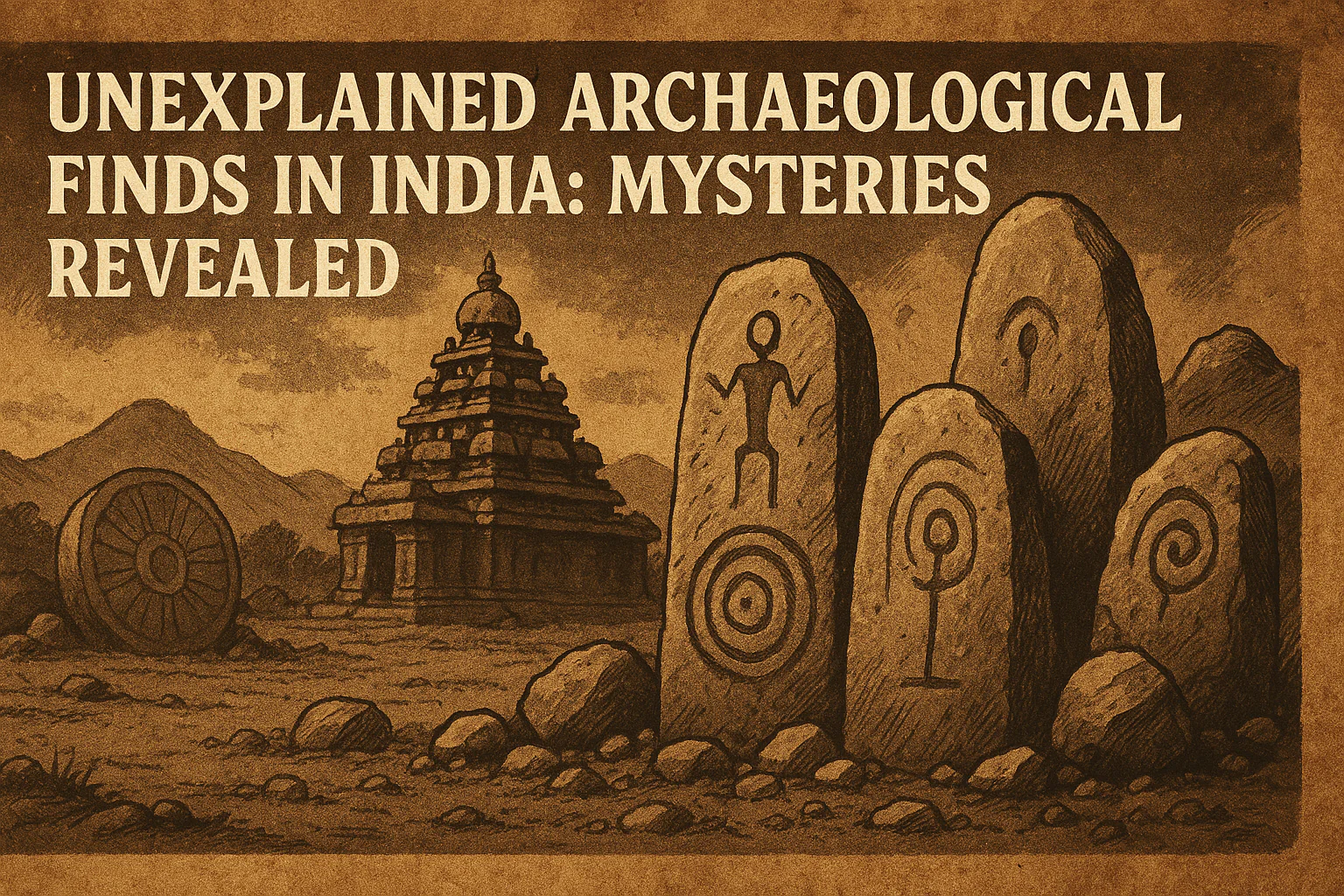Archaeological Discoveries in India that Somehow Remain Unexplained seem to surprise historians as well as scientists and provide insights into the people and cultures that left their enigmatic remains. Whether it is corrosion-proof iron pillars or sunken cities, these artifacts can raise controversies and cause speculations about our ancient history.
Iron Pillar of Delhi: A Rust‑Resistant Puzzle
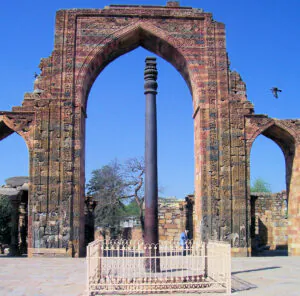
The Iron Pillar of Delhi is almost seven meters high, and it is widely known because of its ability to resist rust. Made of high-purity wrought iron, it has remained intact for over 1,600 years without losing much of its integrity. This is explained by the scientists by the formation of protective passive films, but the exact processes applied by ancient blacksmiths are unclear. Modern metallurgists have not fully duplicated the original composition of alloys and forging temperature in spite of numerous attempts and experiments. This ancient mystery demonstrates the high level of metallurgical abilities much earlier than its time and still remains the subject of study for many researchers all over the world.
The Lost City of Dwarka: Submerged Mysteries
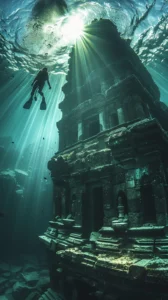
The survivors of the mystical kingdom of Lord Krishna, an antediluvian Dwarka, are washed up on the Gujarati coast, the oldest city in the world. Stone structures, pillars, and groups of artifacts found as a result of marine surveys indicate that in the 1980s, they participated in a well-thought-out urban settlement. Although the carbon dating seems to indicate a Bronze Age (or earlier) origin, its sudden and unaccountable burial in the Arabian Sea raises speculation. Scholars still excavate the underwater area to explore the area and get more evidence. The mystery ruins contradict traditional historical maps and generate the discussion of the geological current or human-caused modifications.
Bhimbetka Rock Shelters: Prehistoric Artifacts Beyond Dating
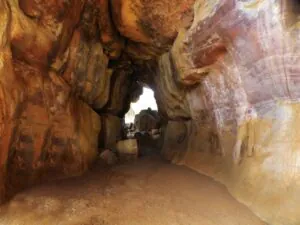
The Bhimbetka caves in Madhya Pradesh contain the rock paintings and stone tools of tens of thousands of years of age. More recent excavations have revealed chert and quartz artifacts, the cultural connection of which remains uncertain. Scholars argue about the causes of this periodic occupation, whether it was due to environmental changes or the collapse of society. The historical mystery of the migration of these early artists and the methodology that they used lives on. Some of the arts at Bhimbetka are dated to be more than 30,000 years old, and as such, it has become a central point in the study of human evolution in South Asia.
Vimanas Carvings in Ancient Temples: Technology or Myth?
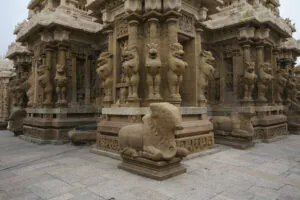
Vimanas are the flying vehicles that are described in stone carvings that exist across temples in Khajuraho and Ellora. Researchers puzzle out whether these reliefs present pure mythology or unknown aeronautical know-how. Explorers of ancient mysteries are amazed by the accuracy of the airline artwork of vessels and the pilots of the winged vessel. The mainstream approaches in the academic world regard them as symbolic, whereas the extremes in the field allude to superior handicraft or of alien nature. Interesting similarities with contemporary engineering raise speculations and continuing site analyses.
Indus Valley Seals: Unreadable Symbols
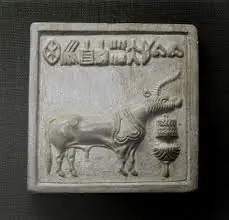
At Harappa and Mohenjo-Daro, thousands of seals with motifs of animals and brief inscriptions were discovered. The Indus script has been undeciphered in spite of the developments in linguistics. The uniform patterns and frequent use of repetitive symbols are indicative of a well-organized administrative structure. The analysis with the help of modern computational techniques and AI-based analysis provides fresh hope in deciphering the lost language. These mysterious symbols on the seals remain one of the greatest examples of archaeological mysteries that await breakthrough discoveries.
Roopkund Skeleton Lake: High‑Altitude Mystery
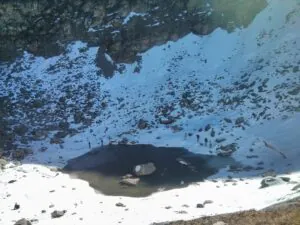
Hundreds of human skeletons, several hundred years old, are buried in a glacial lake in the Himalayas of Uttarakhand. The remains were found in the year 1942 and have perplexed forensic scientists and anthropologists. DNA testing indicates various sources: South Asia or the eastern Mediterranean, which means that a mass assembly of people went wrong. Additional revelation of new remains prevails as ongoing climate alterations increase the elements of investigation. This is a treasury of a bone site suggesting the captivation of unpredictability of antique mysteries rooted in distant landscapes.
Sun Temple of Konark: Astronomical Alignments
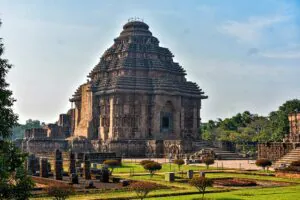
A spectacular piece of architecture is the 13th-century Sun Temple in the state of Odisha, which was built in honor of solar worship. Its chariot-like structure with 24 wheels and seven horses with it are kept about the equinoxes and solstices. Although researchers periodically know the fundamentals of celestial mechanics, it is in contention what surveying techniques its architects employed. Restoration works are further challenged by the loss of certain original sculptures in the course of relocating them during the colonial era. Current research in shadow play and space orientation is undertaken to solve the mystery of the ruins of the original constructions of Konark.
Hampi’s Stone Chariot: Construction Excellence
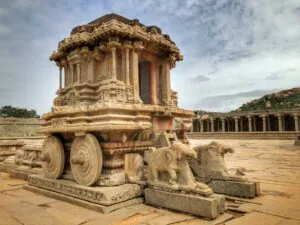
The famous Stone Chariot of the Vittala Temple complex within the UNESCO World Heritage site of Hampi features accuracy of stone work and balance. The knowledge of architecture is advanced as portrayed in the monolithic base as well as the elaborate wheels. Although scholars take account of the skills of Vijayanagara artisans, the exact techniques of preparing huge granite blocks and their transportation and erection are not known. Tourists cannot stop admiring this archaeological marvel and wonder how ancient constructors could accomplish that without modern technologies and equipment.
Object dorsal, these fragments of the past, do not exist only on aesthetic interest or on scholarly interest, but they are ajar doors to worlds no more, and ask us to reconstruct histories unknown. Since the technological advances of ground-penetrating radar to isotopic analysis, new revelations can fill the gaps in our historical record. It is highly recommended that both enthusiasts and scholars they can promote responsible excavations and interdisciplinary studies. The relics found in India are also a mystery, which brings to us the fact that behind each object, there is a story to be told.

